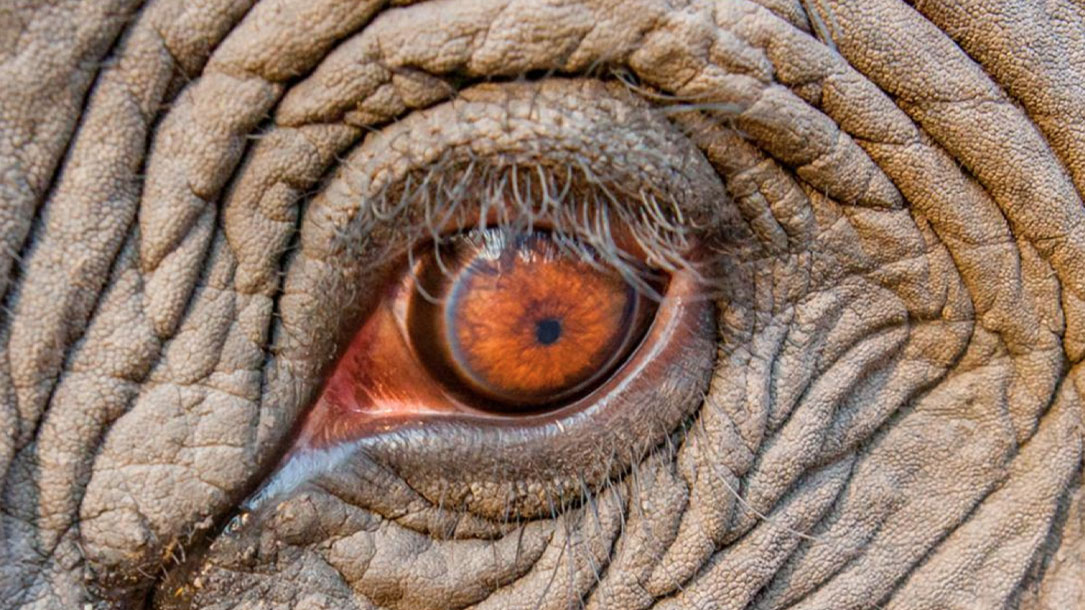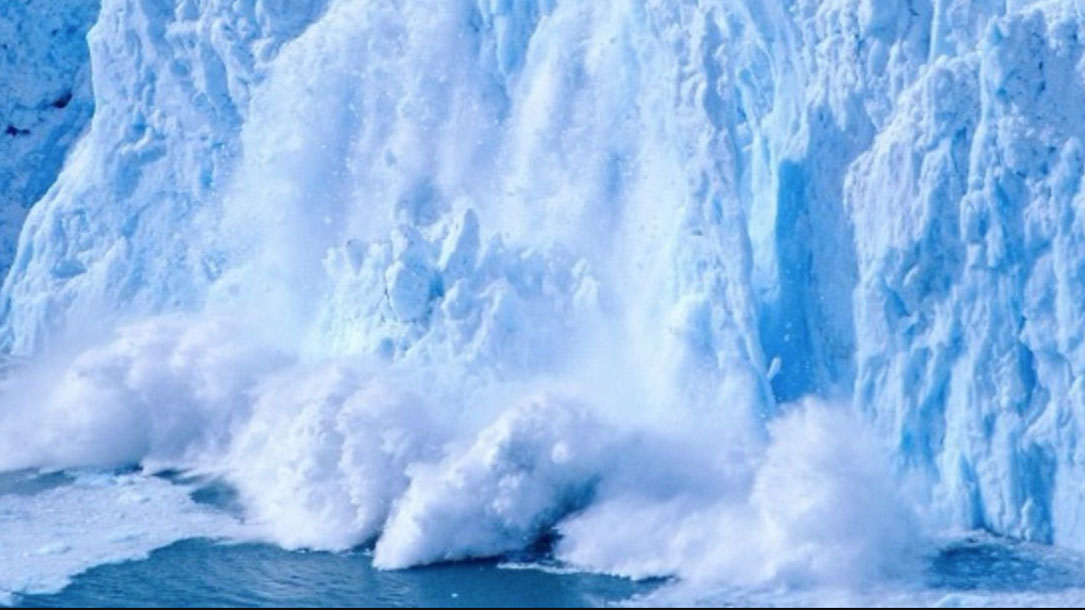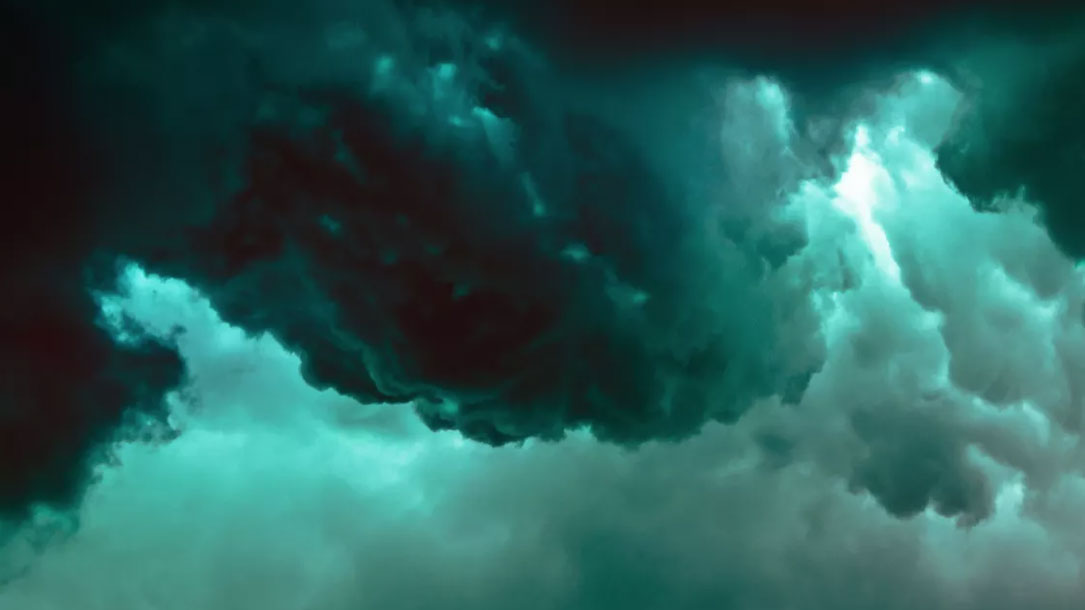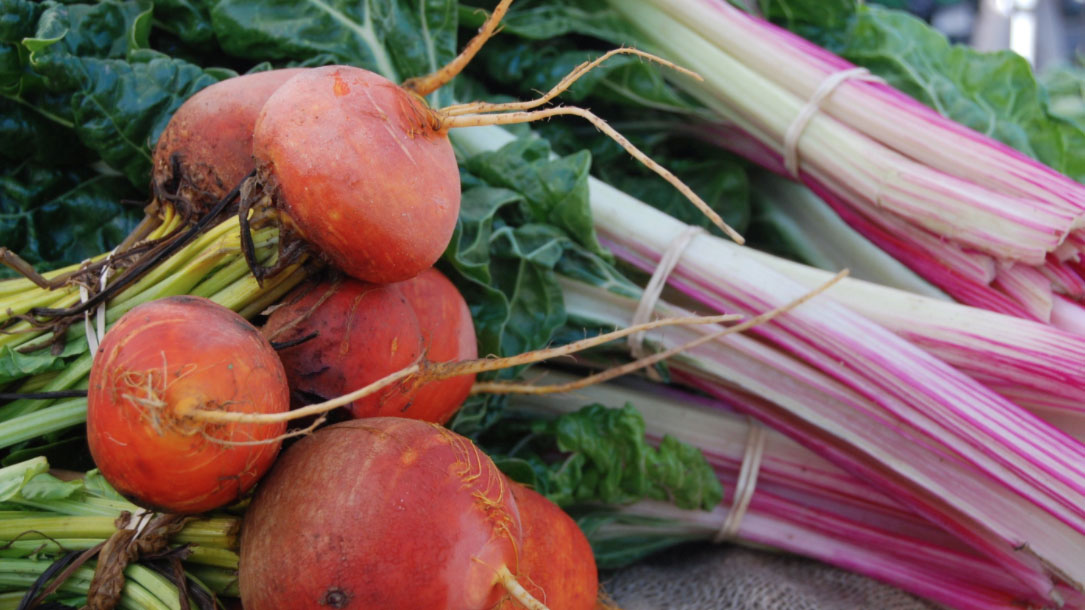Home >

Nature’s dangerous decline ‘unprecedented’; species extinction rates ‘accelerating’
“Nature is declining globally at rates unprecedented in human history — and the rate of species extinctions is accelerating, with grave impacts on people around the world now likely, warns a landmark new report from the Intergovernmental Science-Policy Platform on Biodiversity and Ecosystem Services (IPBES), the summary of which was approved at the 7th session of the IPBES Plenary, meeting last week (29 April – 4 May) in Paris…”

The Nature Conservancy encourages action
“Thank you for the opportunity to testify before you today on this issue. The Nature Conservancy is enthusiastic about climate mitigation legislation passing in New York State during the 2019 Legislative Session. First and foremost, thank you Assemblyman Englebright for championing this issue and continuing to call for strong action from New York in leading the nation…
Earlier this month, the Intergovernmental Panel for Biodiversity and Ecosystem Services (IPBES) released its first report detailing past biodiversity losses and prospects for people and natureii. Governments and scientists agree we are exploiting nature faster than it can renew itself.
The IPBES report is a shocking wake-up call. The report clearly shows how rapid deterioration of nature threatens our food, water and health, and worsens the impacts of climate change. Achieving economic and development goals, as well as climate goals, will require tackling this accelerating loss of biodiversity…”

Land trusts engage people in climate change solutions
“Last fall lent credence to the adage that bad news comes in threes. First, the United Nations issued a special report projecting severe climate upheaval if current levels of greenhouse gas emissions continue.
Then, on Black Friday, the federal government released Volume II of the Fourth National Climate Assessment (NCA), which forcefully affirms climate change is here and now and that humans are the primary cause.
Finally, just as word came that 2018 would likely be the fourth warmest year on record, the U.N. released an emissions report confirming that nations are falling far short of goals set in the Paris climate agreement. (Early in 2019, studies confirmed that U.S. carbon emissions, rather than falling in 2018, rose by 3.4%.)”
That’s an excerpt from a new article by the Land Trust Alliance facing the reality of climate change. The good news is that land trusts across the country are finding ways to inspire change.
The article highlights a wide variety of land trusts, both large and small, and identifies leaders like Brandon Hayes, who directs communications for Openlands in the Chicago region, and who saw last fall’s climate reports as “a chance to extend the organization’s commitment to ‘be bold about climate in our messaging.’ The issue’s politicization is awkward for land trusts, he acknowledges, but climate change is a strategic priority for Openlands—and one it covers prominently: ‘What’s the point of being a leading conservation organization if you can’t speak out on an issue this important?'”
Openlands is not alone. Scenic Hudson Land Trust, Tinicum Conservancy, Kestrel Land Trust, Athens Land Trust, and The Nature Conservancy are all featured in this article. It’s worth reading.

This graphic explains why 2 degrees of global warming will be way worse than 1.5
“Signatories to the Paris climate agreement — every country in the world, unless and until the US drops out in 2020 — agreed to what is by now a familiar goal: “holding the increase in the global average temperature to well below 2°C above pre-industrial levels and pursuing efforts to limit the temperature increase to 1.5°C.”
How important is that difference, though? How much worse would 2 degrees be than 1.5? Is it worth the extra effort — and it would be a truly heroic effort — to limit temperature rise to that lower target?…”

Why Solar Power Is Good for Birds
“If you install solar panels on your roof, don’t expect your birds to show any appreciation. At best, they’ll bless them with a splatter of droppings. But if they knew better, they’d be grateful, because installing solar panels at home is one of the best ways to help birds avoid the worst impacts of climate change…”

The future of the world is on the line, and our chance to fix it is now
“To have the best chance of avoiding the worst impacts of climate change, the world needs to limit global warming to 1.5 degrees Celsius–and to do that, society needs to completely transform over the next three decades, according to a new report from the UN’s Intergovernmental Panel on Climate Change. Global CO2 emissions may need to peak around 2020. By midcentury, we have to reach net zero emissions.
The report explains why it’s so important that we meet the 1.5 degree target, and how difficult that will be to accomplish. The changes required, from energy to agriculture, are “unprecedented in terms of scale,” the group writes in a summary for policymakers. And right now, we’re not anywhere close to the path to make it happen…”

High CO2 Levels Will Wreck Plants’ Nutritional Value, so Don’t Plan on Surviving on Vegetables
“Our emission of greenhouse gases from burning fossil fuels is reducing the nutritional quality of our food,” says Kristie Ebi, the University of Washington professor who was the lead author on the Intergovernmental Panel on Climate Change’s (IPCC) blockbuster report last fall on the need to limit global warming to below 1.5 degrees Celsius.
Ebi directly refuted an idea that’s been floating around for a while about the effect of CO2 on food production and global hunger. Technically, plants need CO2 to survive: they bring it in, break it down, and rely on carbon to grow…
“It’s not just us,” Ebi says. Animals like cows that rely on grains and plants for their diet produce meat and milk that contain fewer nutrients and vitamins, and people who eat meat take in fewer of those crucial resources…

City Trees Can Offset Neighborhood Heat Islands
The concept of heat islands—densely built-up urban areas that are hotter than the rural and semi-rural landscapes around them—has been extensively studied and is widely accepted.
Now a new study takes a closer look at the urban heat island phenomenon and what can be done to mitigate it. According to ecologist Carly Ziter of Concordia University in Montreal and her colleagues at the University of Wisconsin-Madison, tree canopy cover in urban areas can dramatically reduce the temperature of the immediate environment—enough to make a significant difference even within a few city blocks…

How to Talk About Climate Change so People Will Listen
If we don’t talk about why it matters, why would we care about the problem itself? And if we don’t talk about what we can do to fix it, why would we take action or expect our community, our province, and our country to do so either?
As challenging, as stressful, and as painful as it might be, fixing climate change begins by actually talking about it. And over the years, Dr. Katharine Hayhoe has found a way to do so that’s actually constructive. It begins with talking about why climate change matters to us…

Climate Change and Moose: Moose are like canaries in the coal mine
While capturing 179 moose calves and attaching radio collars to them, researchers counted an average of 47,371 ticks on each animal, with a high count of more than 96,000.
Since each adult female tick can suck up to three milliliters of blood from its host, Pekins said the high number of ticks could drain the blood of a moose calf in two to three weeks. As a result, in four out of the five years of the study, at least half of all moose calves that researchers were following died; in New Hampshire and western Maine, the mortality rate was 70 percent…












